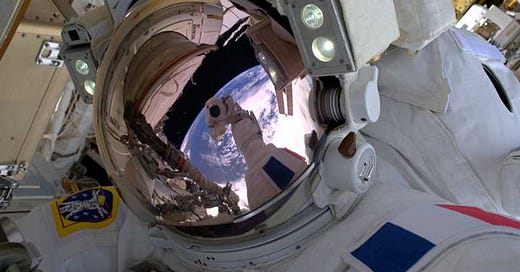Is there a future for the European Astronaut Corps?
Will Europe look elsewhere if ESA can’t develop crewed launch capabilities?
Keep reading with a 7-day free trial
Subscribe to Europe in Space to keep reading this post and get 7 days of free access to the full post archives.





